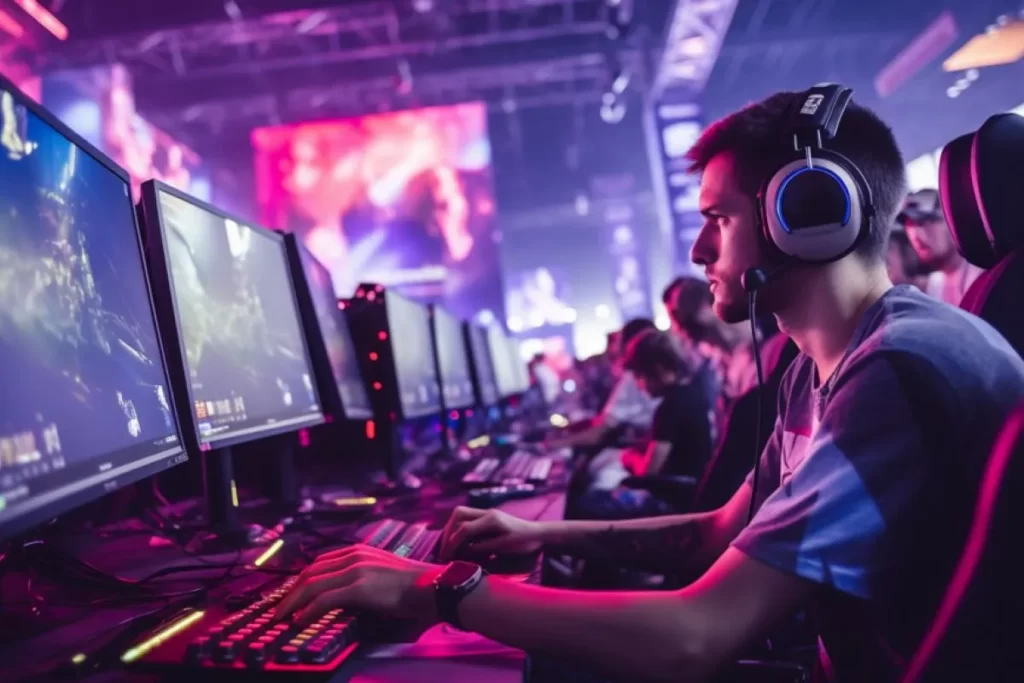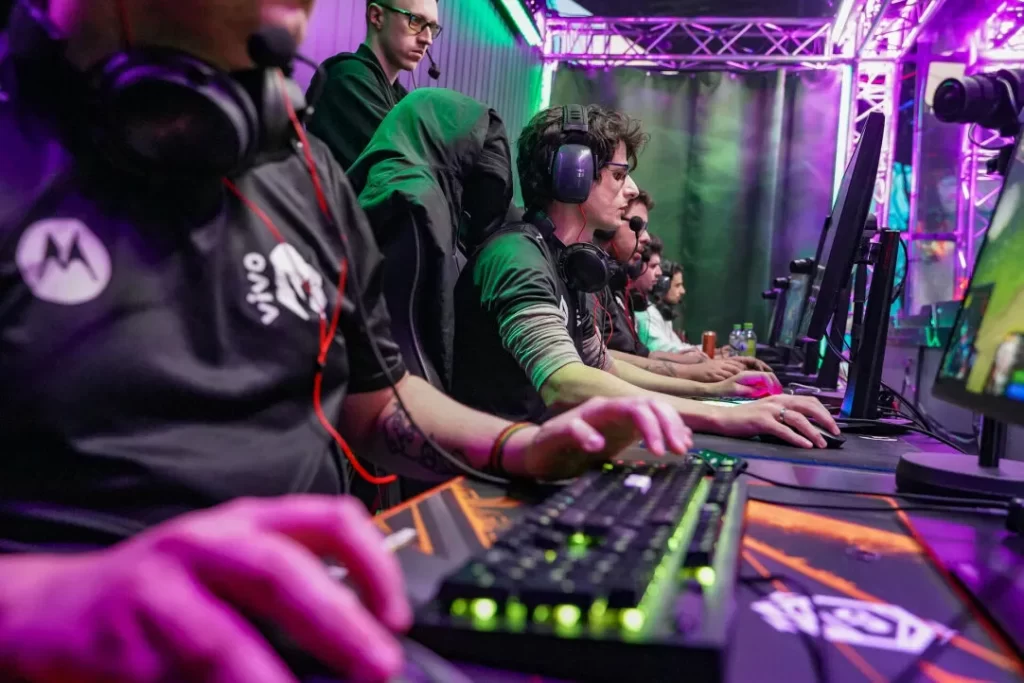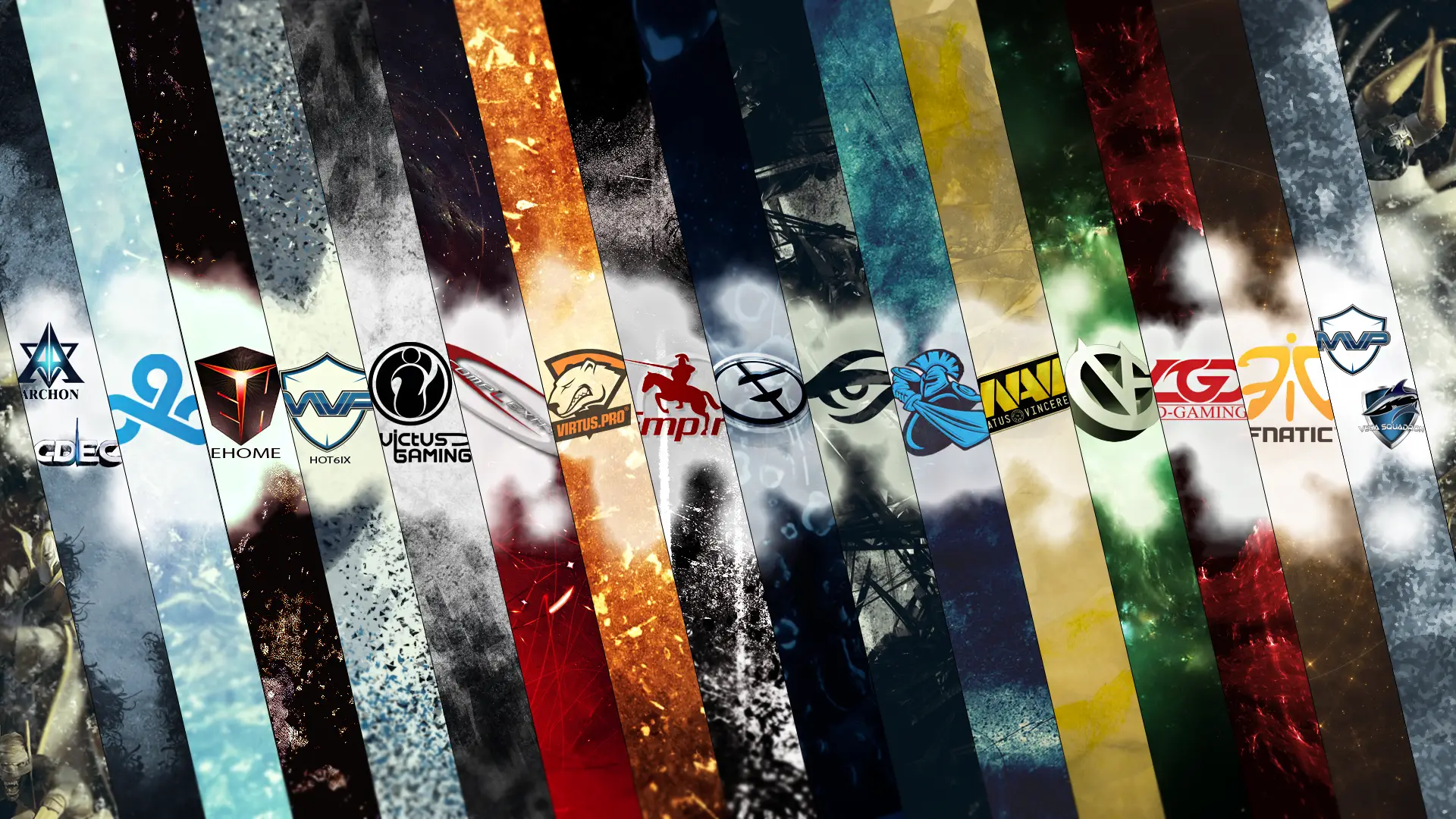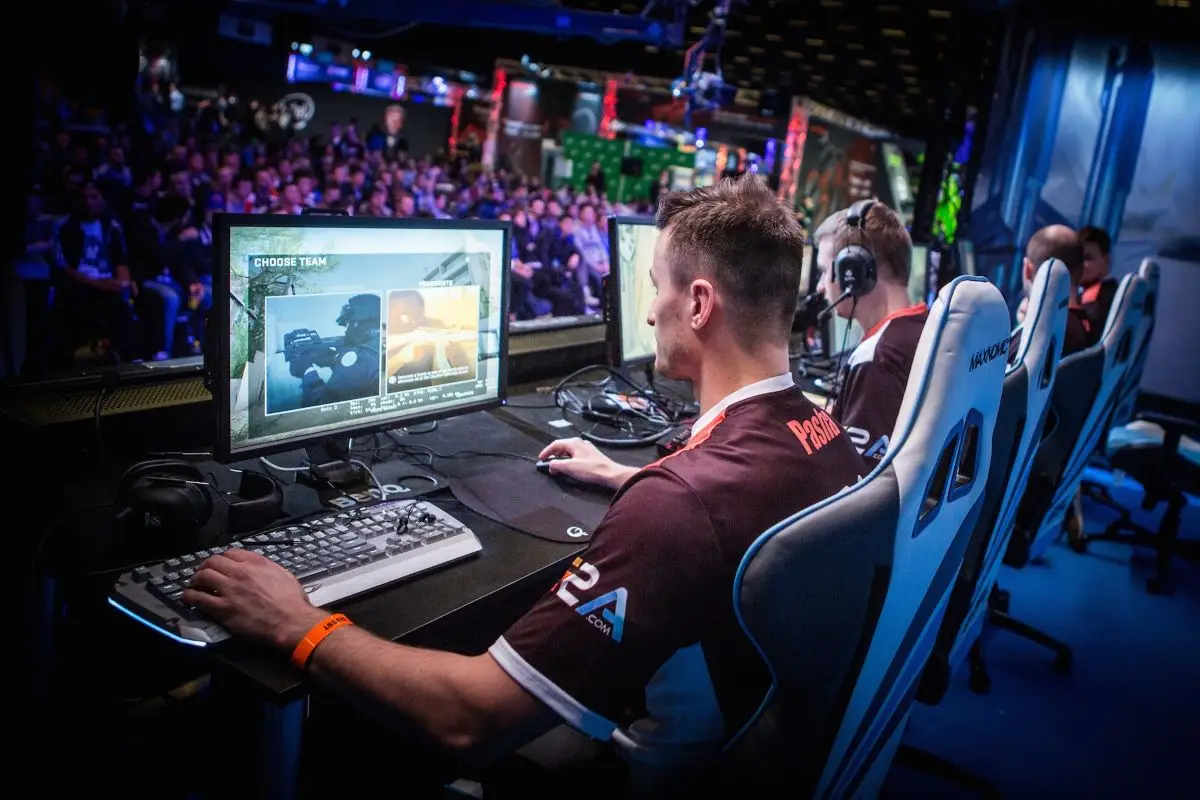Cybersport is a modern phenomenon that has captivated millions of people around the world and has become a new culture. One of the key concepts of this culture is the term ‘shooting gallery’. It is used to separate levels of teams and leagues and define their position in the complex hierarchy of cybersports. But what is a ‘shooting gallery’ in e-sports and why is it so important for anyone who wants to understand the world of professional gaming?
The origins and structure of shooting galleries in cybersports: what it is and how it works
A shooting gallery in e-sports is a fictional designation, something that defines the level of a team or tournament. The hierarchy consists of several levels: shooting 1, 2 and 3 – each with its own characteristics and criteria. 1 – the pinnacle of e-sports, where the best teams play, with the biggest budgets and the most fan support. These teams compete in tournaments such as CS:GO Majors or Dota 2 International. The second group consists of teams trying to reach the highest achievements, but not yet consistently performing at top level.
Influential elements in the hierarchy
- Team infrastructure: the presence of professional training bases and bootcamps. For example, teams like G2 Esports have access to state-of-the-art training facilities with full training equipment, allowing them to prepare for top-level competitions.
- Analytical tools: use of analytical tools and data to analyse matches. FaZe Clan regularly uses the services of analysts to help them dissect their opponents and develop winning strategies.
- Training level: teams with intensive bootcamps and joint training sessions with other teams have an advantage in experience and synergy. For example, Astralis often organises bootcamps, inviting dash 1 teams to spar and test strategies.
- Flexibility in strategy choice: the ability to change the style of play depending on the opponent. Team Liquid shows its flexibility by using different styles of play against different teams, making it one of the most difficult to predict opponents in tournaments.
- International partnerships with other organisations to share experiences. Teams like Cloud9 work with different international organisations, allowing them to learn and adapt best practices to succeed in tournaments.
Levels in eSports: how divisions are divided
 E-sports, like traditional sports, have their own league structure. Teams can move from one level to another based on their success in competitions. Minor tournaments and regular play-offs play an important role in taking teams from level 3 to level 2. Consistent success in regional competitions paves the way to international tournaments and Level 2. Consistent success in regional competitions paves the way to international tournaments and tier 1. Team Spirit, for example, started its Dota 2 journey by competing in local competitions and gradually worked its way up to the elite.
E-sports, like traditional sports, have their own league structure. Teams can move from one level to another based on their success in competitions. Minor tournaments and regular play-offs play an important role in taking teams from level 3 to level 2. Consistent success in regional competitions paves the way to international tournaments and Level 2. Consistent success in regional competitions paves the way to international tournaments and tier 1. Team Spirit, for example, started its Dota 2 journey by competing in local competitions and gradually worked its way up to the elite.
Additional factors:
- Qualifying tournaments and open qualifying tournaments: Tier 3 teams can participate in open qualifying tournaments for major tournaments. Success in an event like DreamLeague Open Qualifiers, for example, is something that can provide the opportunity to advance to the next level and become part of Tier 2.
- Investment and training: Teams that invest in coaches and analysts have a significant advantage.
- Stable team: A consistent team makes a big difference. When players do not change often, they are better able to adapt and build a team. Team Aster retained its core squad for more than a year, allowing them to significantly improve their results and promote to the top division.
- Partnerships with academies: Some teams, like NAVI, partner with academies that train young players and offer them opportunities to advance in their careers. These organisations help find talent that can be part of the selection in the future and promote the team to the highest division.
- Sponsorship and financial stability: National teams with consistent support from major sponsors such as Red Bull or Intel can afford better training facilities, training camps and extra staff.
The combination of these factors creates an environment in which teams can improve their results, perform consistently in tournaments and raise their status in the eSports hierarchy.
Levels in popular games like Dota 2 or CS:GO: what are they?
Let’s take a look at how levels are distributed in popular games like Dota 2 and CS:GO. Understanding the hierarchy in these disciplines will help you better understand which teams are at the top and which are working their way to glory. Let’s take a detailed look at what criteria are used to categorise teams into tiers and why some teams are called the eSports elite while others are still trying to reach the top titles.
What is a shooting gallery in eSports: Dota 2
In Dota 2, dashes are the main way to determine a team’s level. Teams with a Dash 1 in this game regularly enter major international tournaments and compete for the highest prize money. The road to this status requires a high level of discipline and constant practice. Dash 2 teams, like Nigma, try to establish themselves at a higher level by participating in numerous regional rankings and tournaments.
What is a shooting gallery in eSports: CS:GO?
In CS:GO, shooting galleries divide teams by skill level and stability of results. The first are teams that consistently participate in major tournaments and have world-class sponsors. Dash 2 teams, such as GamerLegion, are in a constant battle for a place under the sun, trying to improve their results and get into the top of the best. This league helps viewers and analysts understand what certain teams are capable of.
How to determine the rank of a player or team: key criteria
Determining the level depends on several criteria. First, participation in major international tournaments. If a team regularly participates in competitions such as the ESL Pro League, it can be classified as Tier 1. Second, funding and sponsors play an important role: teams with better financial support have more resources to train. Finally, the team’s popularity among fans and its media presence are also important factors.
Conclusion
 If you understand what a shooting gallery is in e-sports, you will better understand how the professional gaming industry works. For players, it’s a chance to determine where they stand and how to move forward. For fans, it’s a way to better understand their favourite teams and support them at the right time. The dash system makes eSports understandable and accessible, making it a fully competitive environment where everyone can find their place. Follow your favourite teams, watch them climb the ladder in the shooting gallery and be inspired by their successes.
If you understand what a shooting gallery is in e-sports, you will better understand how the professional gaming industry works. For players, it’s a chance to determine where they stand and how to move forward. For fans, it’s a way to better understand their favourite teams and support them at the right time. The dash system makes eSports understandable and accessible, making it a fully competitive environment where everyone can find their place. Follow your favourite teams, watch them climb the ladder in the shooting gallery and be inspired by their successes.
 en
en  de
de  ar
ar  es
es  nl
nl  hi
hi  fr
fr  it
it  pt
pt  el
el 










